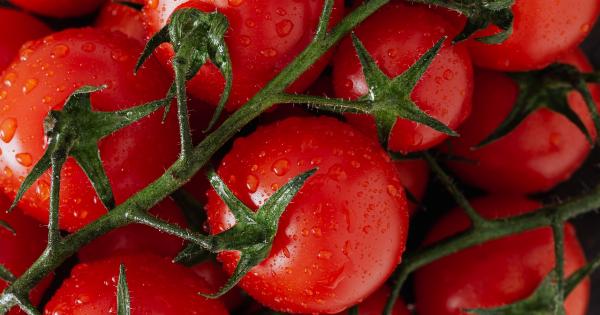As pet owners, we always strive to provide the best nutrition for our furry friends. With the rise in popularity of raw diets for dogs, many pet parents are considering this option.
But are raw diets the right choice for your dog? Let’s explore the pros and cons of feeding your dog a raw diet.
Understanding Raw Diets
A raw diet, also known as a raw food diet or a BARF (Biologically Appropriate Raw Food) diet, consists of feeding your dog uncooked or minimally processed foods. This primarily includes raw meat, bones, fruits, and vegetables.
The concept behind a raw diet is to replicate what dogs would naturally eat in the wild, as their ancestors did.
1. Health Benefits of Raw Diets
Proponents of raw diets claim several health benefits for dogs, including:.
- Improved digestion: Raw diets are easily digestible and can reduce the incidence of gastrointestinal issues.
- Healthier skin and coat: The high levels of omega-3 fatty acids in raw diets can promote healthier skin and a shinier coat.
- Higher energy levels: Many dog owners report increased energy and vitality in their dogs after switching to a raw diet.
- Stronger immune system: Raw foods are rich in vitamins, minerals, and antioxidants, which can boost the immune system.
2. Potential Risks of Raw Diets
While raw diets have their benefits, they also come with potential risks:.
- Bacterial contamination: Raw meat can be a breeding ground for harmful bacteria like Salmonella or E. coli, posing risks to both dogs and their human family members.
- Nutritional imbalances: It can be challenging to provide a complete and balanced diet when feeding raw, as dogs require specific ratios of protein, fat, and other nutrients.
- Choking hazards and dental issues: Bones in a raw diet can splinter and cause choking or puncture gastrointestinal organs. They can also lead to dental fractures if not appropriately sized.
- Expensive and time-consuming: Raw diets can be more expensive than commercial dog foods, and require careful meal preparation and handling.
3. Transitioning to a Raw Diet
If you decide to switch your dog to a raw diet, it is crucial to do it gradually and consult with a veterinarian to ensure a smooth transition. Here are some tips:.
- Research and educate yourself: Learn about the nutritional needs of dogs and how to create a balanced raw diet.
- Start with small changes: Begin by introducing small amounts of raw food alongside your dog’s regular meals, gradually increasing the raw portion over time.
- Monitor your dog’s health: Keep a close eye on your dog’s weight, energy levels, and overall well-being during the transition period.
- Seek professional guidance: Work with a veterinarian or a canine nutritionist to ensure your dog’s nutritional needs are met.
4. Considerations for Specific Cases
It’s essential to consider your dog’s individual needs and circumstances when deciding whether a raw diet is suitable:.
- Puppies: Growing puppies have specific nutritional requirements that must be met to support healthy development, which can be challenging to achieve with raw diets alone.
- Dogs with health conditions: Some dogs with certain health conditions may require specialized diets that are difficult to achieve with a raw diet. Consult with your veterinarian before making any changes.
- Senior dogs: Older dogs may have dental issues or reduced digestion capabilities, making it more challenging for them to handle raw bones or certain raw foods.
- Immunocompromised dogs: Dogs with weakened immune systems may be more susceptible to bacterial contamination in raw meats.
5. Healthier Alternatives
If you’re concerned about the potential risks associated with a raw diet, there are alternative options that can still provide excellent nutrition:.
- High-quality commercial dog food: Many reputable dog food brands offer high-quality, balanced diets that meet your dog’s nutritional needs.
- Home-cooked meals: Preparing homemade meals using cooked ingredients can provide more control over your dog’s diet while reducing the risks associated with raw feeding.
- Supplementing commercial diets: If you prefer commercial diets but want to enhance their nutritional value, you can add fresh fruits, vegetables, or lean meats as toppers.
Ultimately, the decision to feed your dog a raw diet should be based on careful consideration of the pros and cons, along with input from your veterinarian. Each dog is unique, and what works for one may not work for another.
Prioritize your dog’s health, preferences, and specific needs, ensuring they receive the best possible nutrition for a long and healthy life.































